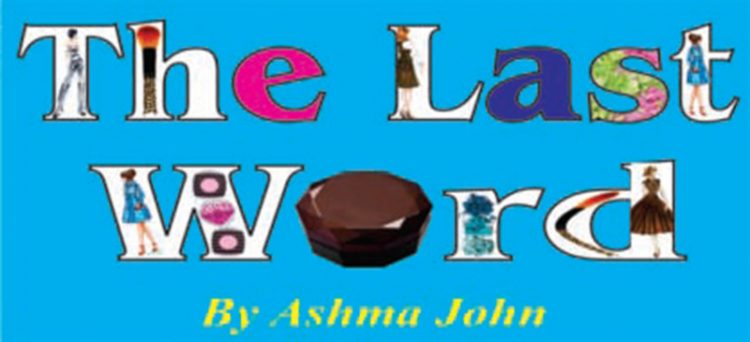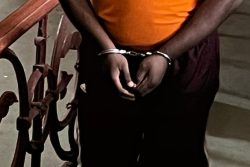 Recently, a trip to the cinema feels as if you are inside of a Pepto-Bismol bottle. Every “Barbie” movie goer is decked out in pink attire. In Romania where I am, things were a little more eccentric. I saw from pink cowboy hats, to hip-hugging Barbie logoed thongs. On the virtual side of things, on Instagram I saw Barbie inspired pasta dishes (some used beetroot and feta to achieve a pink sauce), Barbie inspired cocktails, endless makeup tutorials and girlfriends being overly excited in general in their little 30-second videos/reels.
Recently, a trip to the cinema feels as if you are inside of a Pepto-Bismol bottle. Every “Barbie” movie goer is decked out in pink attire. In Romania where I am, things were a little more eccentric. I saw from pink cowboy hats, to hip-hugging Barbie logoed thongs. On the virtual side of things, on Instagram I saw Barbie inspired pasta dishes (some used beetroot and feta to achieve a pink sauce), Barbie inspired cocktails, endless makeup tutorials and girlfriends being overly excited in general in their little 30-second videos/reels.
This movie for so many of us, including myself, ignites a strong sense of nostalgia. It represents an era of a beauty idealisation pre-internet era when the beauty standard was just thin, white and dressing in figure-shaping clothing religiously. The dolls we played with and the stories we told ourselves when we played with them, placed so many of us in an imaginary world where we narrowed our views of beauty. Looking back, I believe it was probably one of the symbols that helped shape my early beliefs that good hair was meant to look at least straight, if not straight and blonde. Barbie, even though imaginary, gave us from a very young age, a symbol to strive for. And the closer you were to it, it seemed, the easier things were for you.
Initially I had thought this movie was going to be a fantasy that re-emphasized that even though in our adult years we have come to realise the damage it has caused. I was pleasantly surprised to find it is the opposite. It interrogates femininity, peels through the different layers to beauty and somehow takes the incredible pressure off being perfect.
Though the movie has its main character, it constantly reveals Barbies in particular professions or Barbies that are associated with religious symbols to show inclusion, but hardly ever the Barbie that is just your average girl. There are hardly any depictions of mothers, who just work 9-5 and are content with their routines. In essence, this for me is where the storyline resonates the most.
There is an element as it relates to desirability that a woman at least should have one seemingly extraordinary thing going for her, or something that makes her stand out. For me the movie seeks to define the inclusivity of Barbie and to a larger extent and on a more important point to possibly call itself out on the ridiculous standards that we have put up for women to live by.
The movie’s comparison to the real world and ‘Barbie Land’ made me think of how we interact with and are influenced by the internet and the Instagram era. We can sometimes idolise and get sucked into a new form of a ‘Barbiefied beauty standard’. Because like the dolls, the popularity of the botox lips, ‘boob jobs’ etc have soared. Before Barbie was a fantasy and somehow our frustrations were confined, but now with the advent of the internet and easily accessible cosmetic surgery it launches us into a new wave of frustration and a rabbit hole that has no end.
The “Barbie” movie is far from childish and it gives a good nudge on the beauty standards we worship not just with Barbie growing up but also how they have morphed into a whole new realm.
And of course I wore pink. But in typical fashion, I was a bit shy to have my picture taken at the cinema. More on public picture-taking etiquette and self-esteem next week









